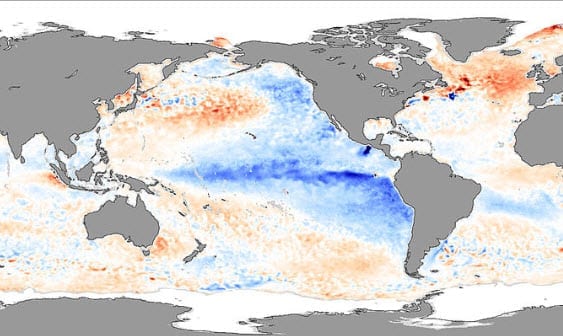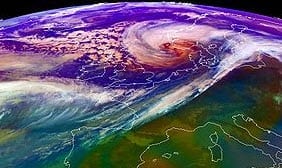 La Nina dissipates on schedule this year and is not expected to return
La Nina dissipates on schedule this year and is not expected to return
The U.S. Climate Prediction Center (CPC) has announced that the La Nina weather phenomenon has dissipated on schedule this year, coming to an end in April. The weather pattern has been blamed for creating widespread drought in Texas and troublesome natural disaster in other parts of the U.S. These events have caused serious problems for the country’s insurance industry, which has struggled to overcome the problems created by natural catastrophes from the past two years. The CPC notes that the La Nina phenomenon is not expected to return this year.
Forecasters fear that El Nino could replace its counterpart
Though La Nina has vanished, CPC forecasters have expressed concern that it may be replaced by El Nino. La Nina causes an unusual cooling of waters in the Pacific Ocean and equatorial bodies of water. This can cause abnormal weather conditions in Asia and the Americas, the most apparent of which is severe, widespread drought. El Nina has a heating effect on these bodies of water, and has been noted for instigating hurricanes and strong rainstorms that cause devastating floods.
U.S. insurers still reeling from past disasters
For the past two years, U.S. insurers have been working to strengthen the country against natural disasters. Their efforts have been hampered by catastrophes that have occurred this year, causing extensive insured losses throughout the country. If El Nino does form this year, storms produced by the phenomenon could cause extensive damage in the Gulf of Mexico and affect states in the Southeastern U.S.
Effects of La Nina expected to linger
CPC forecasters are uncertain whether El Nino will be present this year. This uncertainty has done little to placate the concerns of insurers who are still reeling from the past two years of natural disasters. The effects of La Nina are expected to linger regardless of changes in weather patterns. The droughts caused by the phenomenon will continue to have an effect on U.S. crops and South America. These problems could be compounded by the development of El Nino.

